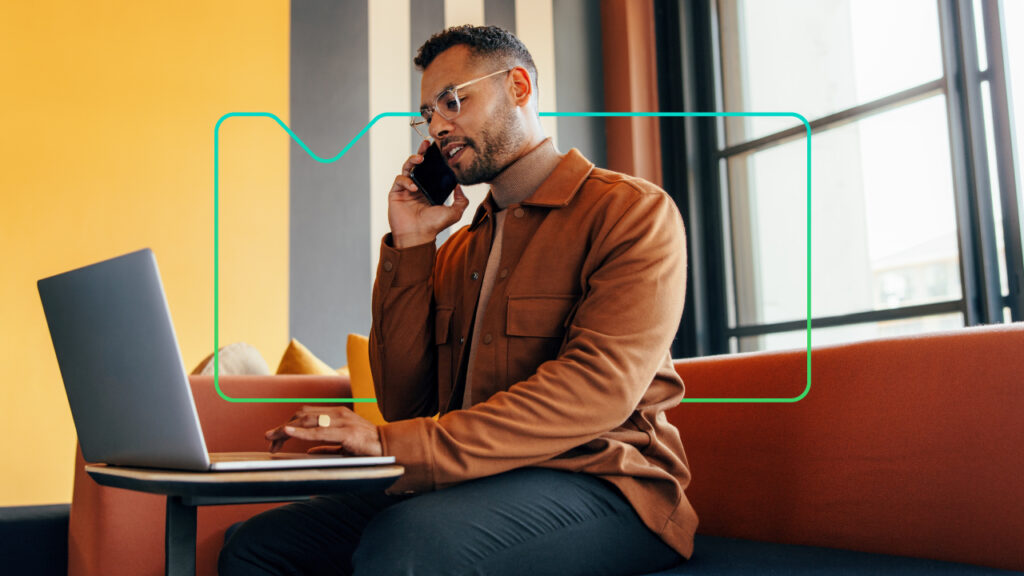29 November 2023
Why internal governance is important for LMS projects

Lucy Chegwidden
Implementation Consultant
Planning for proper internal governance after your LMS goes live.
An LMS project is a big undertaking so it’s inevitable that your go-live date becomes a bit of a line in the sand. But while everyone in your project team is pulling together and performing their agreed roles to get the new LMS live, it’s worth devoting a bit of time to what comes next.
We’re talking here about the importance of internal governance post-LMS implementation.
Who’s responsible for what?
As we’ve mentioned, it’s fairly normal to have a clear division of labour within a project team. For many organisations, who’s responsible for what isn’t so clear-cut once the LMS is up and running.
That can be dangerous. It runs the risk of a bit of a free-for-all: an e-learning Wild West in which everyone’s playing by their own rules. Equally, there’s a danger of things being overlooked entirely with nobody taking responsibility for them.
Key aspects of LMS internal governance
Let’s dig into some of the key areas of internal governance that need to be in place when your LMS goes live.
Content
The content on your newly launched LMS will not stay the same forever. Somebody needs to be responsible for overseeing this. That means knowing:
- Who is responsible for creating or sourcing new learning content?
- Who uploads new content to the LMS?
- Who monitors and plans to replace outdated content?
Reporting
Team leaders, senior management, auditors, regulators and other stakeholders might need data from your LMS. You need to determine:
- Processes to decide who should have access to what data on your LMS
- Who is responsible for creating and delivering courses
- How frequently each stakeholder needs a particular report
- Processes for requesting and agreeing on new report types
Dashboard configuration
What should your learners see front and centre when they visit their dashboard? Again, this will change over time and there may be competing interests within the organisation over the priorities. That’s why it’s worth considering:
- Who manages changes to the dashboard configuration?
- What are the processes around requests for changes to the dashboard?
- How will dashboard configuration be prioritised?
Preparing for internal governance of your LMS
In short, it’s good practice to think about any aspect of your LMS that will need to be managed, monitored or updated on an ongoing basis. Once you’ve decided what those things are, we recommend setting policies and processes that will determine who has responsibility for each item and how they should be managed.
The crucial thing is that it’s much easier to consider and plan these things with cool heads long before the LMS goes live rather than playing fast and loose when each of these factors becomes an issue.
If you’ve got questions about internal governance or other parts of launching a new LMS, fill out the form below and we’ll be in touch.



